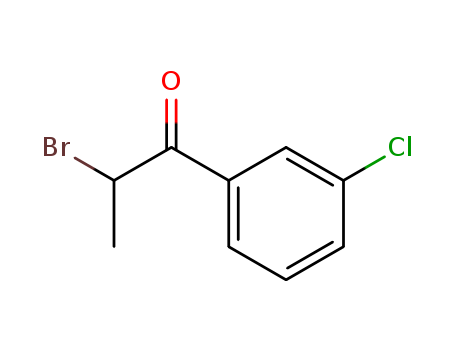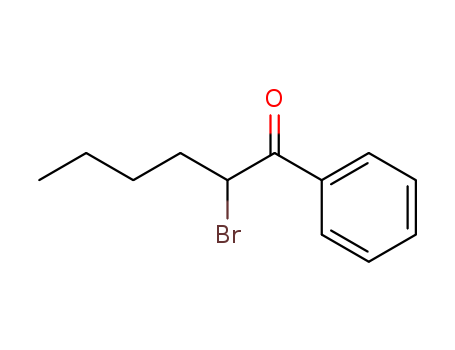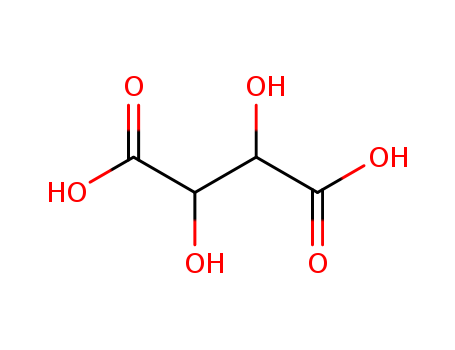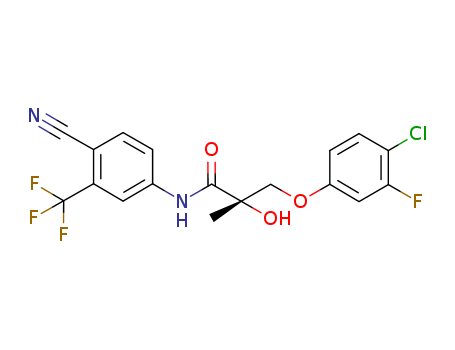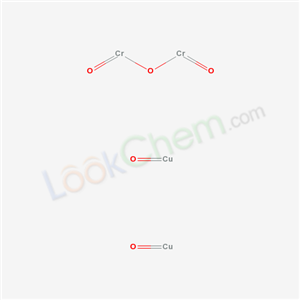
12053-18-8
- Product Name:Copper Chromite
- Molecular Formula:Cr2Cu2O5
- Purity:99%
- Molecular Weight:231.54
Product Details;
CasNo: 12053-18-8
Molecular Formula: Cr2Cu2O5
Buy Quality Copper Chromite 12053-18-8 Export with Fast Shipping
- Molecular Formula:Cr2Cu2O5
- Molecular Weight:231.54
- PSA:63.19000
- LogP:-0.35890
COPPER CHROMITE(Cas 12053-18-8) Usage
|
Description |
Copper chromite is a black powder and inorganic pigment thatadopts a spinel crystal structure. It can be made by the high-temperaturecalcination of copper(II) oxide and chromium(III) oxide or the thermaldecomposition of copper chromate, which evolves oxygen at higher temperaturesand decomposes to copper chromite.The copper chromite (CuCr2O4) is one of the most efficient materials, has wide commercial application as catalysts being used in the unit processes of organic synthesis such as hydrogenation, dehydrogenation, hydrogenolysis, oxidation, alkylation, cyclization, etc. It can be used in the pollution abatement as the catalyst to remove aqueous organic wastes, volatile organic compound (VOC) and vehicular primary emissions such as CO, unburned hydrocarbon, NOx and soot. |
|
Chemical Properties |
black powder |
|
Uses |
Copper chromite is primarily used as a catalyst forhydrogenation reactions because of its ability to hydrogenate functional groupsin aliphatic and aromatic compounds selectively. Industrially, copper chromiteis used to reduce furfural to furfuryl alcohol and butyraldehyde to 1-butanol,partially reduce conjugated dienes to monoenes, and selectively reduce carbonylgroups in vegetable oils. This CuCr catalyst is studied for a variety ofcatalytic applications including converting the hydrogenolysis of cellulose.It is also used as a catalyst for combustion to help control burn rate and as alight-absorbing pigment. |
|
Preparation |
Copper chromite is produced by thermal decomposition of one of three substances. The traditional method is by the ignition of copper chromate:2CuCrO4 → 2CuCrO3 + O2Copper barium ammonium chromate is the most commonly used substance for production of copper chromite. The resulting copper chromite mixture produced by this method can only be used in procedures that contain materials inert to barium, as barium is a product of the decomposition of copper barium ammonium chromate, and is thus present in the resulting mixture. The by-product copper oxide is removed using an acetic acid extraction, consisting of washing with the acid, decantation and then heat drying of the remaining solid to yield isolated copper chromite. Copper chromite is produced by the exposure of copper barium ammonium chromate to temperatures of 350-450 °C, generally by a muffle furnace:Ba2Cu2(NH4)2(CrO4)5 → CrCuO3 + CuO + 2Ba + 4H2O + 4Cr + N2 + 6O2 |
InChI:InChI=1/2Cr.2Cu.5O/rCr2O3.2CuO/c3-1-5-2-4;2*1-2
12053-18-8 Relevant articles
The catalytic hydrogenation of organic compounds over copper chromite
H Adkins, R Connor
, Journal of the American Chemical Society, 1931
The addition of hydroxyl groups to benzene picrate lowers the meltingpoint and deepens the color of the picrate formed. The addition ofmethyl groups to benzene picrate raises the melting point of the productand deepens the color of the picrate less than the hydroxyl group.
“Copper chromite” Catalysts: XPS structure elucidation and correlation with catalytic activity
F.M. Capece, V.Di Castro, C. Furlani, G. Mattogno, C. Fragale, M. Gargano, M. Rossi
, Journal of Electron Spectroscopy and Related Phenomena Volume 27, Issue 2, 1982, Pages 119-128
The oxidation state and composition at the surface of “copper chromite” catalysts at various stages of catalytic use and after reductive pretreatment have been studied by means of X-ray photoelectron spectroscopy (XPS). Catalytic activity for double-bond isomerization and for hydrogenation is found to be correlated with the oxidation state of copper at the surface.
Relevant Products
-
2-Bromo-3'-chloropropiophenone
CAS:34911-51-8
-
S-23
CAS:1010396-29-8
-
2, 5-dimethoxy-β-nitrostyrene
CAS:40276-11-7

